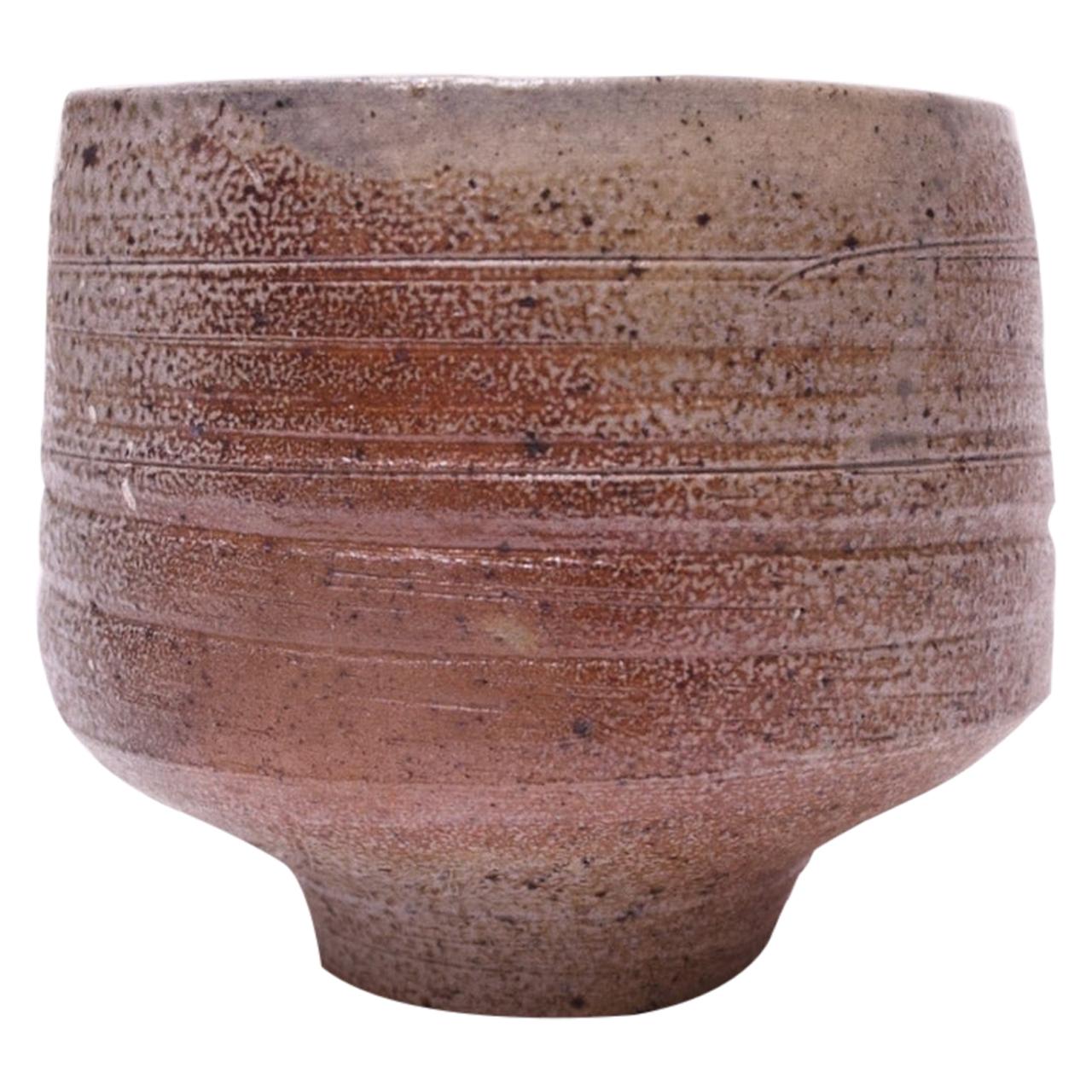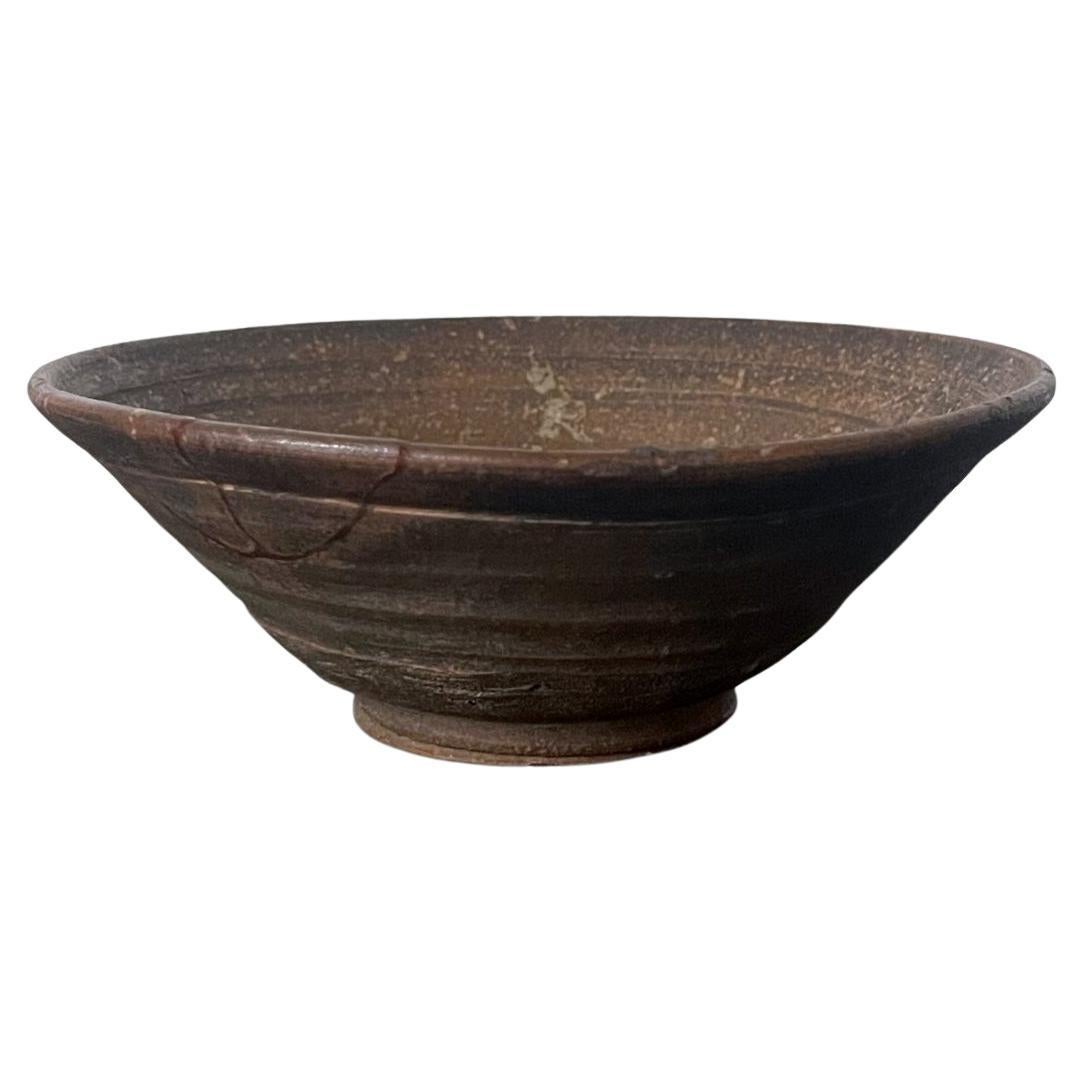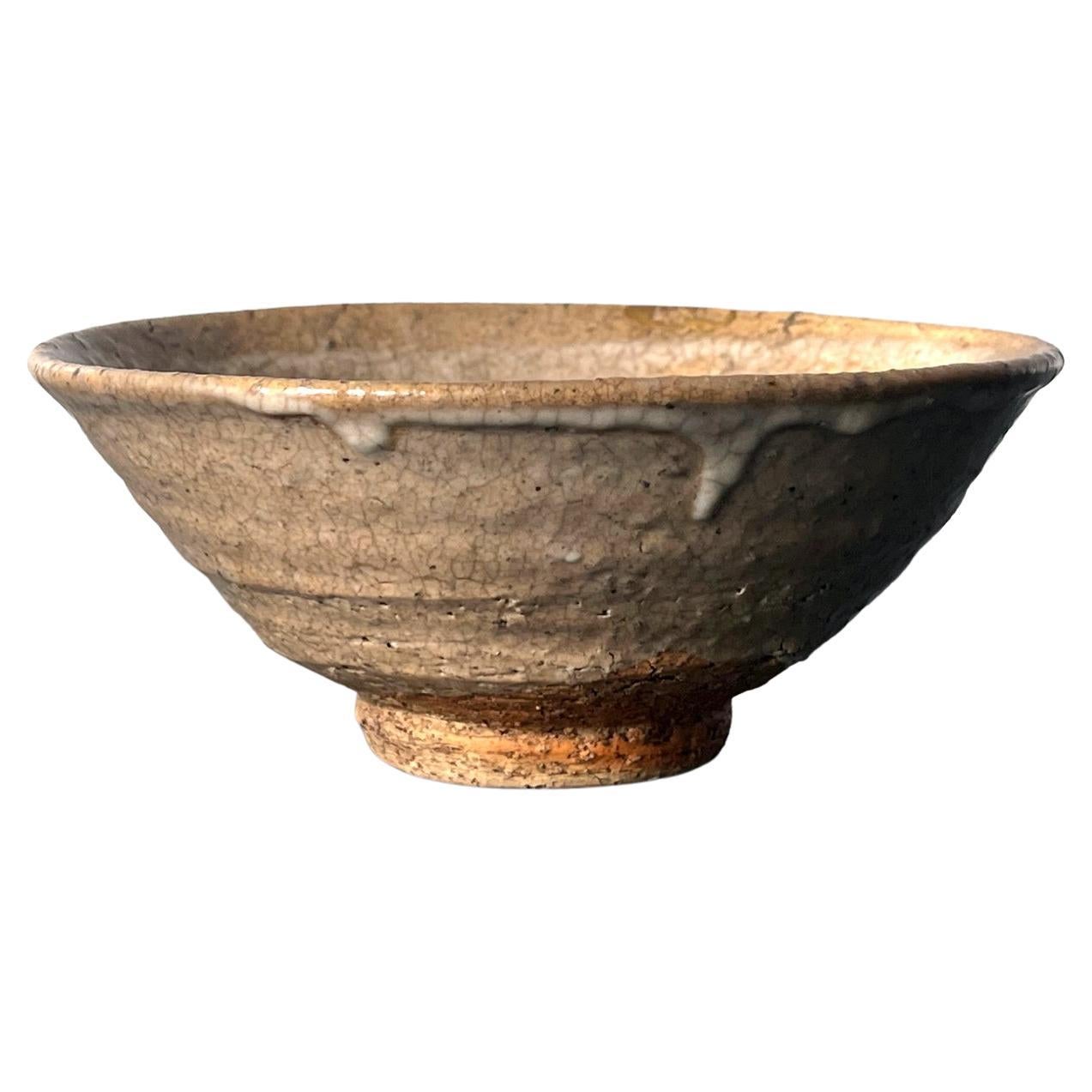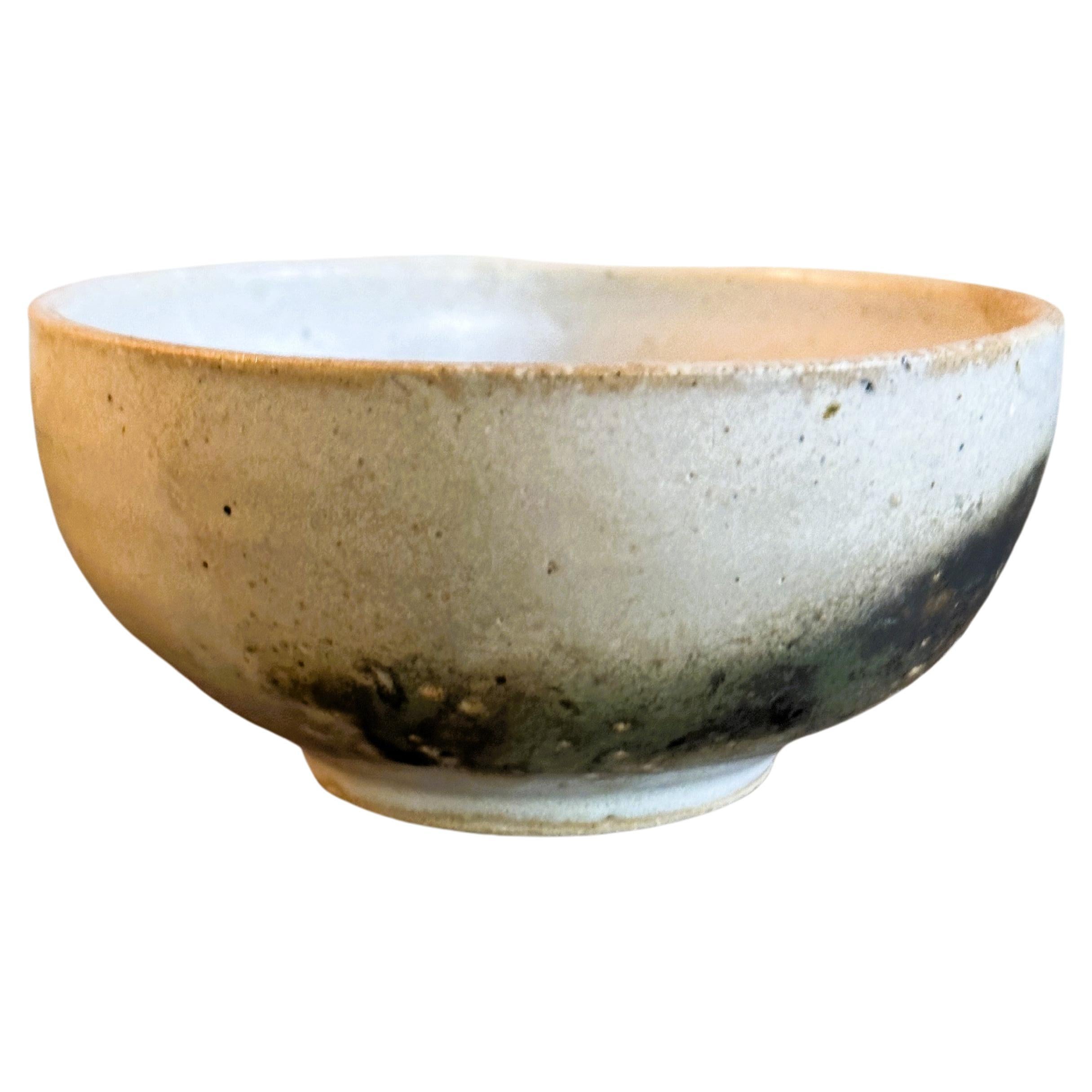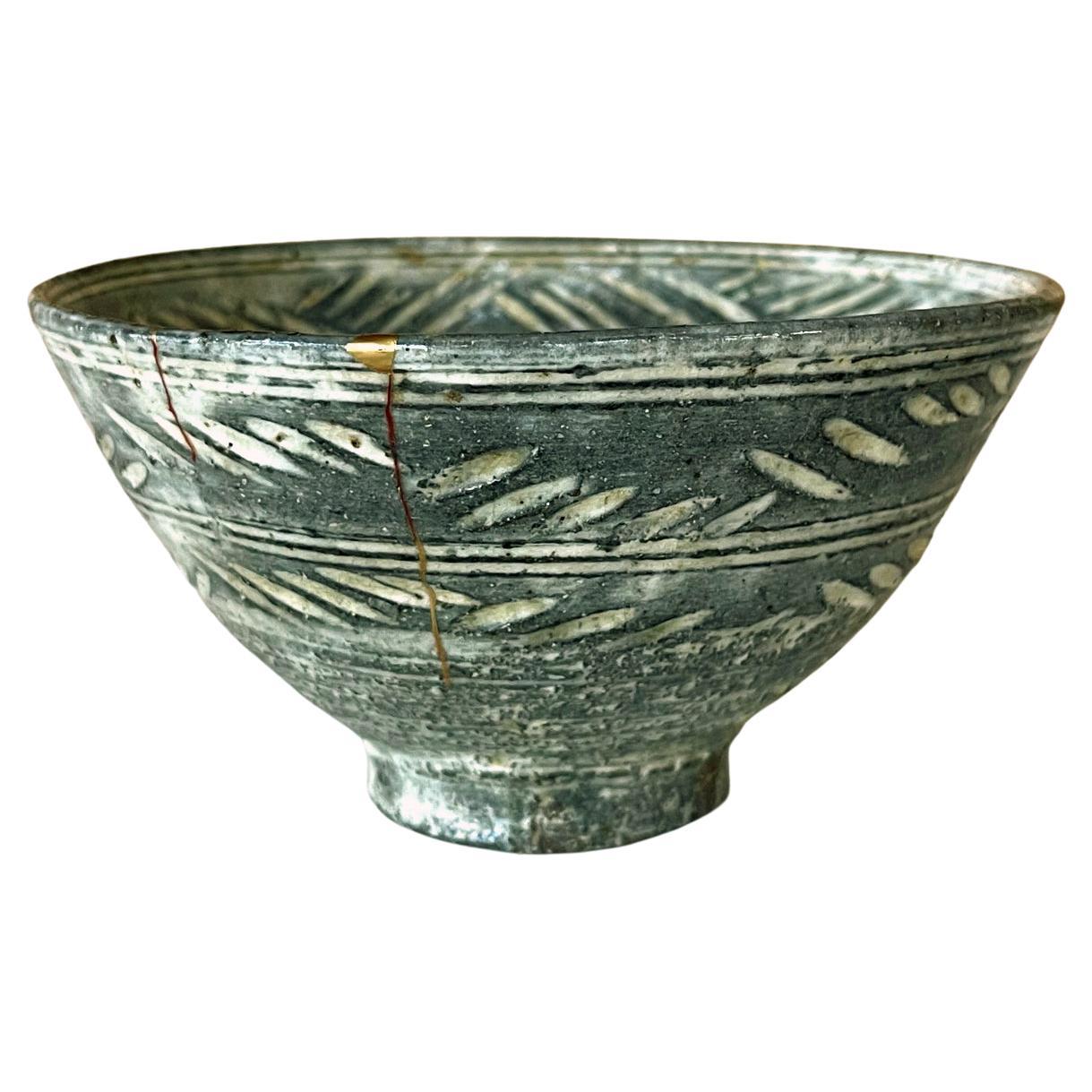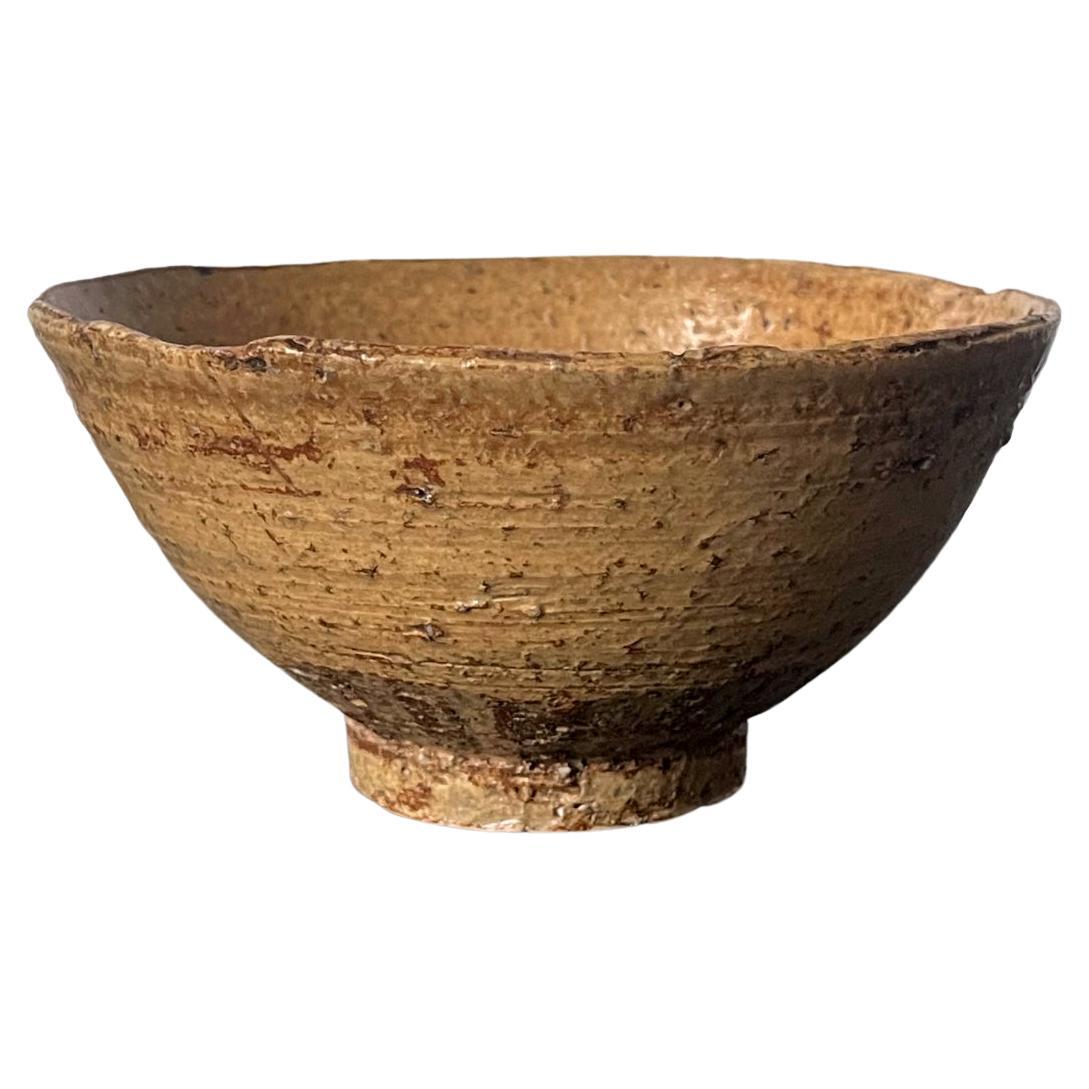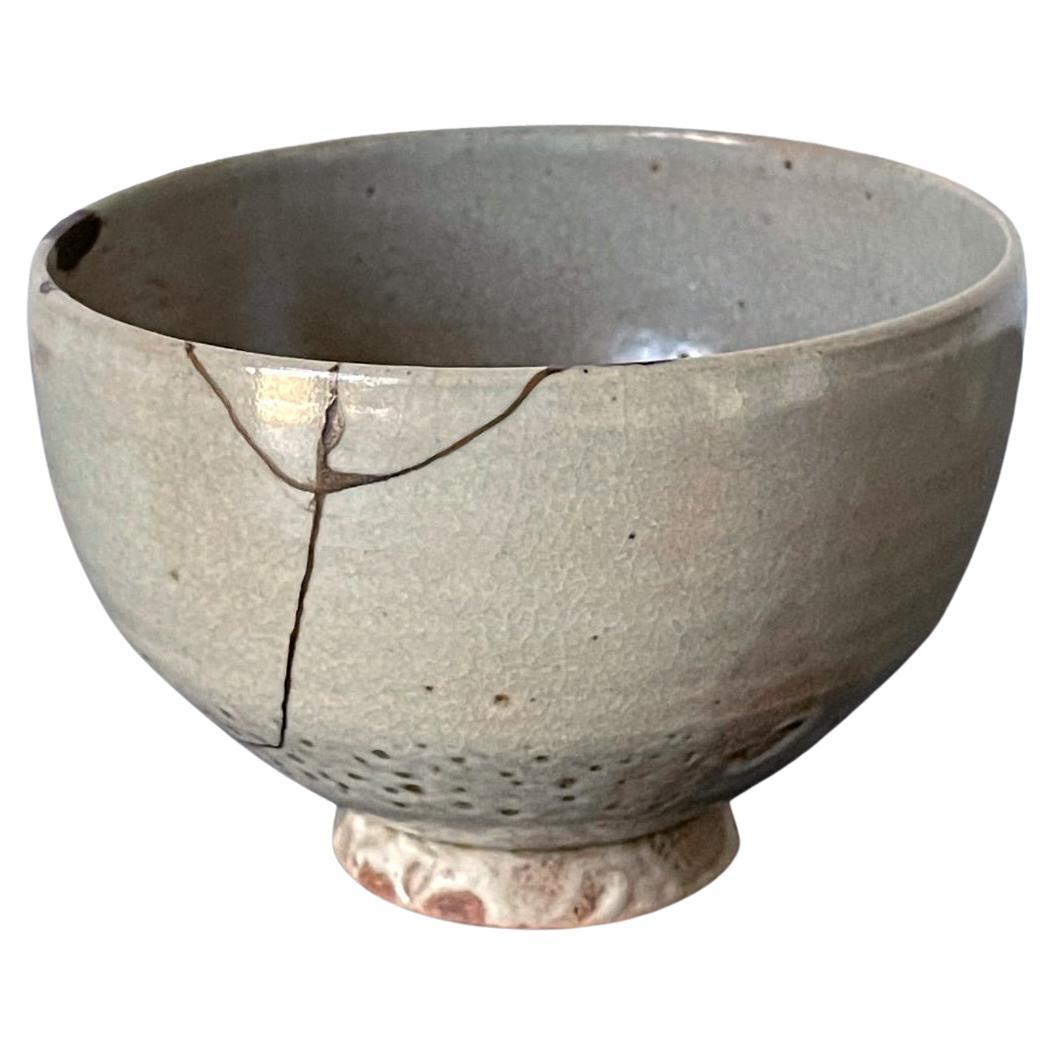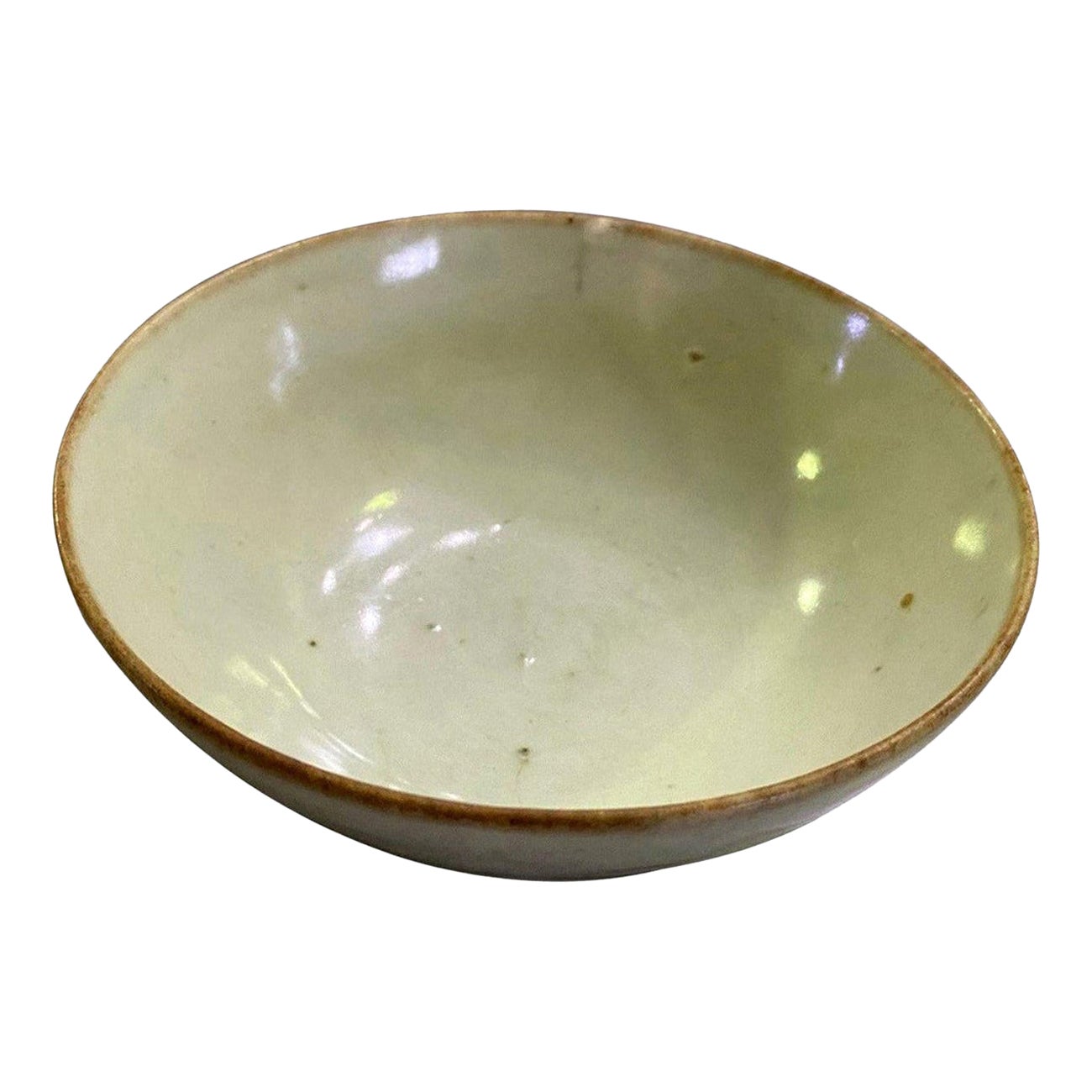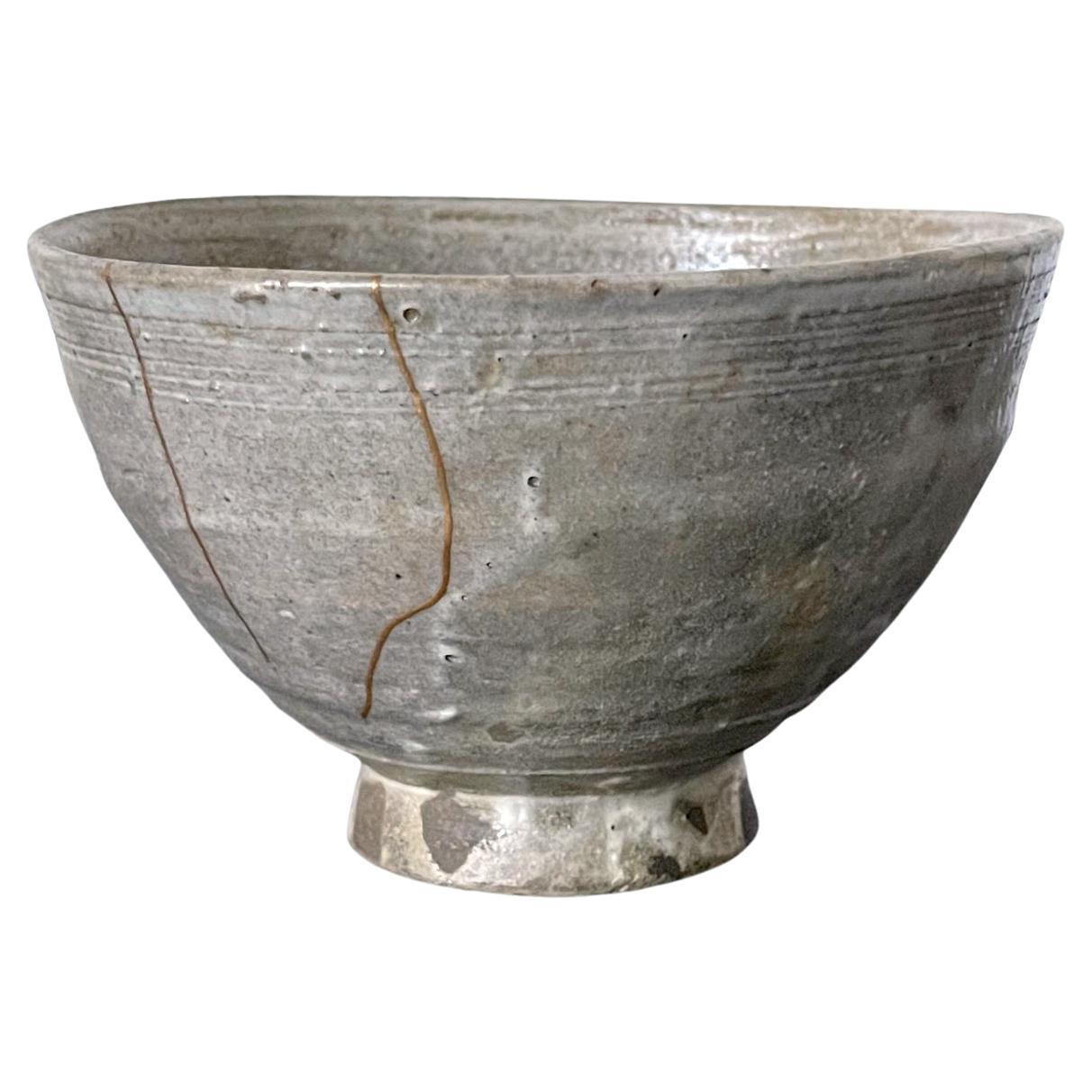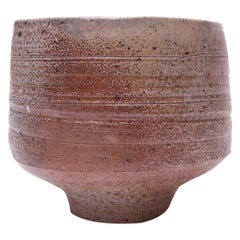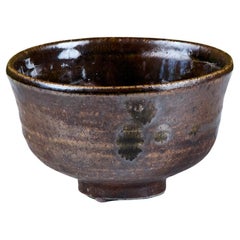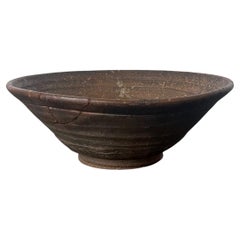
Kuro-Oribe Chawan / Tea Bowl
View Similar Items
1 of 13
Kuro-Oribe Chawan / Tea Bowl
Price:$1,200
$1,700List Price
About the Item
- Creator:Gen (Artist)
- Dimensions:Height: 3 in (7.62 cm)Diameter: 5 in (12.7 cm)
- Style:Taisho (Of the Period)
- Materials and Techniques:Stoneware,Glazed
- Place of Origin:
- Period:
- Date of Manufacture:1920s
- Condition:Wear consistent with age and use. Minor losses.
- Seller Location:Los Angeles, CA
- Reference Number:1stDibs: LU809114616251
Authenticity Guarantee
In the unlikely event there’s an issue with an item’s authenticity, contact us within 1 year for a full refund. DetailsMoney-Back Guarantee
If your item is not as described, is damaged in transit, or does not arrive, contact us within 7 days for a full refund. Details24-Hour Cancellation
You have a 24-hour grace period in which to reconsider your purchase, with no questions asked.Vetted Professional Sellers
Our world-class sellers must adhere to strict standards for service and quality, maintaining the integrity of our listings.Price-Match Guarantee
If you find that a seller listed the same item for a lower price elsewhere, we’ll match it.Trusted Global Delivery
Our best-in-class carrier network provides specialized shipping options worldwide, including custom delivery.You May Also Like
Japanese Ceramic Tea Ceremony Chawan
Located in Brooklyn, NY
Small Han Tsutsu-gata (half cylinder shape) Japanese tea ceremony chawan, circa mid-20th Century. Attractive partially metallic brown / taupe color combin...
Category
Mid-20th Century Japanese Mid-Century Modern Ceramics
Materials
Ceramic
Toshiko Takaezu Tea Bowl
By Toshiko Takaezu
Located in Los Angeles, CA
From famed Hawaiian ceramicist Toshiko Takaezu, a wheel thrown studio ceramic tea bowl features a dark brown glaze with a footed base.
Dimensions
6" diameter x 3.25" height.
Condit...
Category
Mid-20th Century American Mid-Century Modern Decorative Bowls
Materials
Ceramic
$2,500
Korean Ceramic Kakinoheta Chawan Tea Bowl
Located in Atlanta, GA
A "Kakinoheta" type ceramic chawan (tea bowl) made in Korean during Joseon dynasty circa 16th-17th century. The bowl has a slight irregular flat shape w...
Category
Antique 17th Century Korean Other Ceramics
Materials
Ceramic
Korean Ceramic Ido Tea Bowl Chawan Joseon Dynasty
Located in Atlanta, GA
A ceramic stoneware chawan tea bowl made in Korea circa 16-17th century. The chawan is identified as Ko-ido (small ido) due to its size and form. Ido bowls were made since 15th centu...
Category
Antique 17th Century Korean Other Ceramics
Materials
Ceramic
Glazed Ceramic Chawan Tea Bowl by Toshiko Takaezu
By Toshiko Takaezu
Located in Atlanta, GA
A small elegant glazed ceramic tea bowl (chawan) by Japanese American artist Toshiko Takaezu (American, 1922 - 2011). The well-balanced form is hand built and shows just a slight irr...
Category
Late 20th Century American Modern Decorative Bowls
Materials
Ceramic
Korean Ceramic Irabo Tea Bowl Chawan Joseon Dynasty
Located in Atlanta, GA
A ceramic chawan tea bowl made in Korea for Japanese market circa 17th century. The chawan is identified as Irabo type. Irabo bowls were essentially con...
Category
Antique 17th Century Korean Other Ceramics
Materials
Ceramic
Recently Viewed
View AllMore Ways To Browse
Antique Chawan
16th Century Chinese Bowl
Oribe Ware
Oribe Bowl
Oribe Tea Bowl
Blown Glass Bowls Midcentury Modern
Mid Century Modern Bowl Ceramic Glazed
Hand Blown Glass Baskets
Blue Bowl Signed
Vintage Clear Glass Bowls
Wood Carved Basket
Italian 3 Piece Table
Antique Hand Painted Bowls
Mid Century Modern Blue Glass Bowl
White Ceramic Bowls
Hand Blown Glass Bowls
Antique White Bowls
Blue Green Bowl
